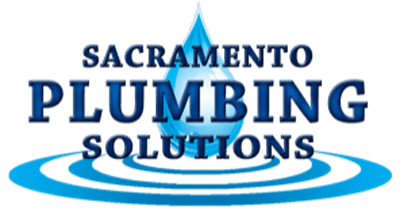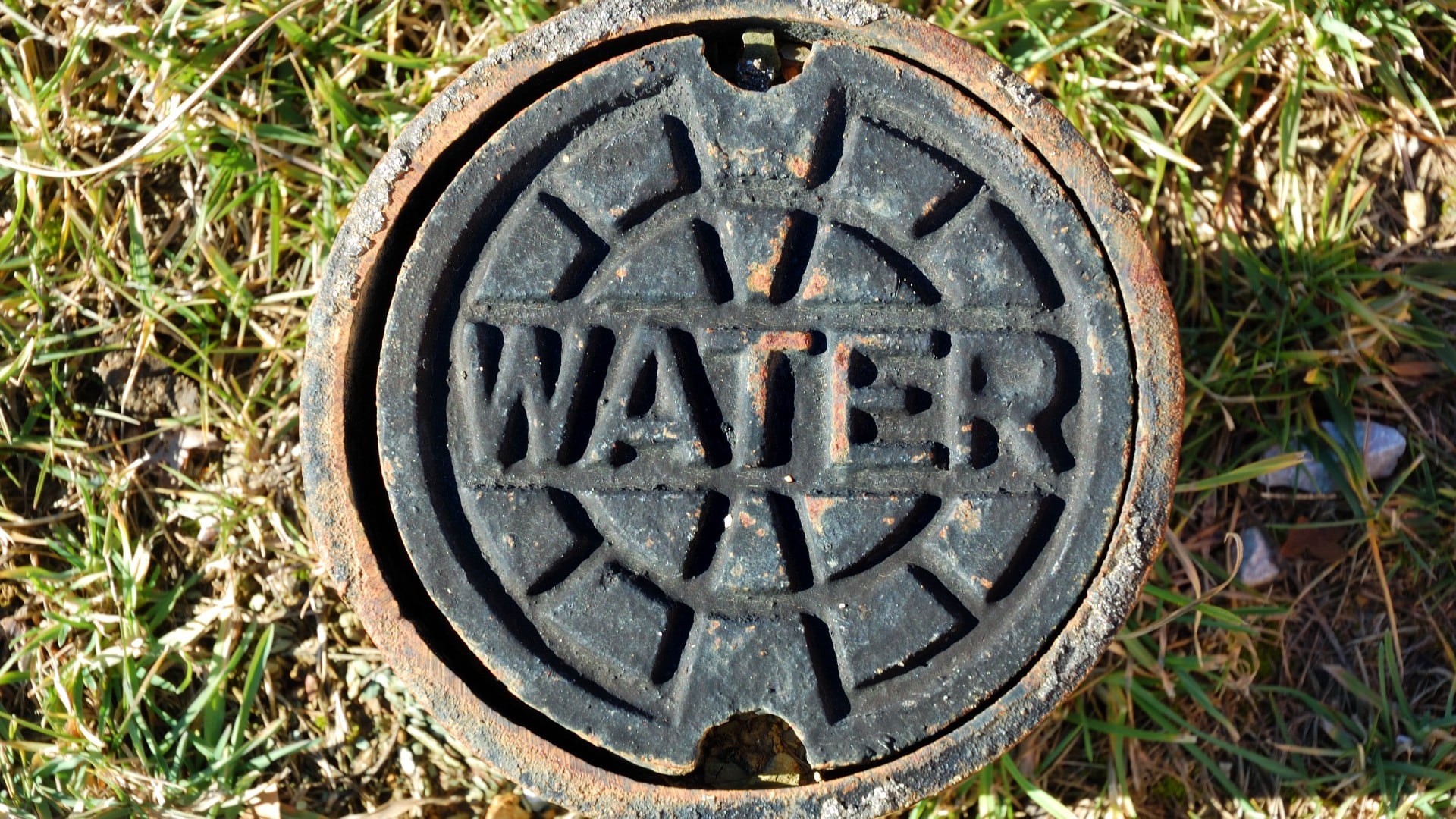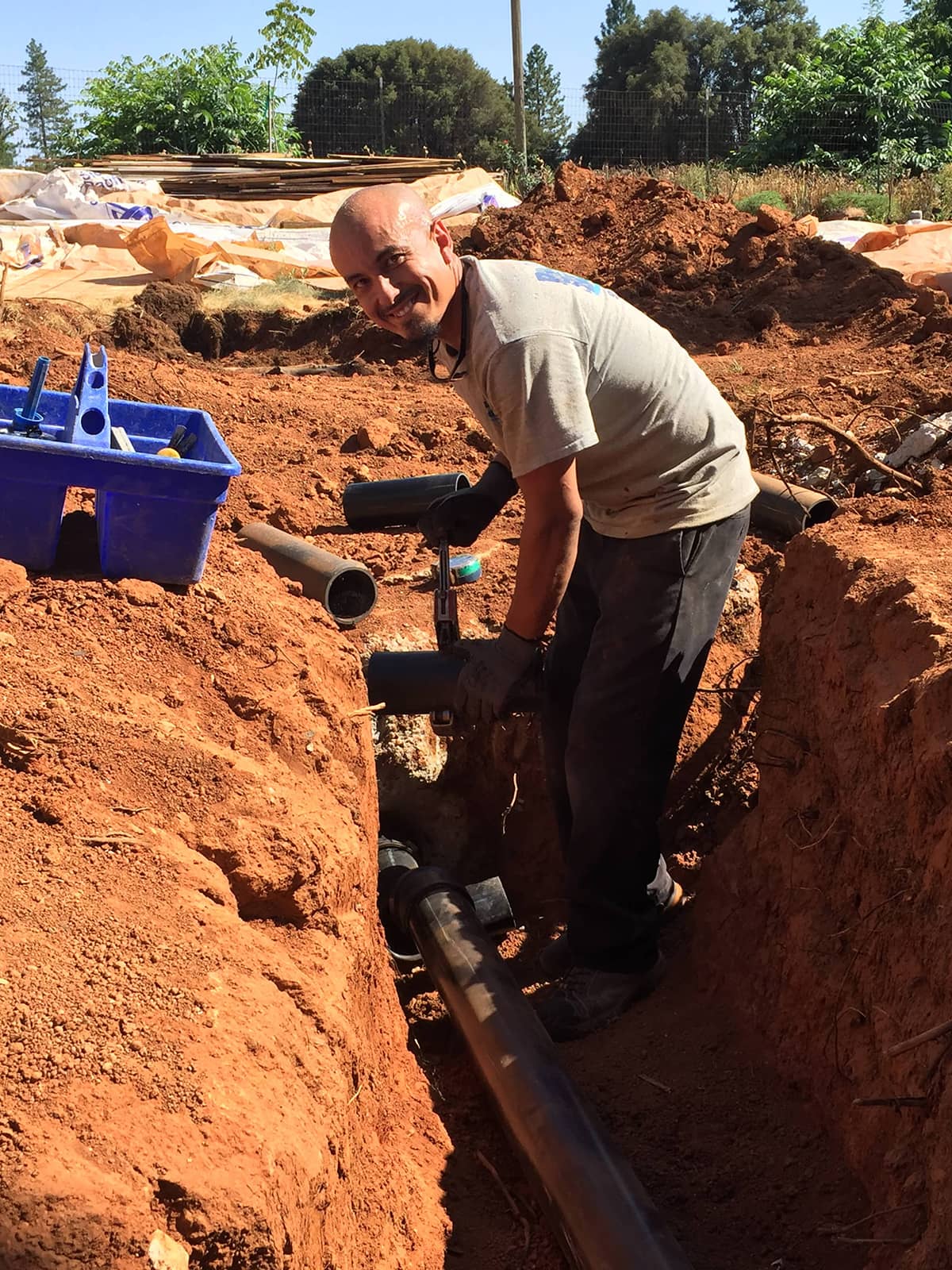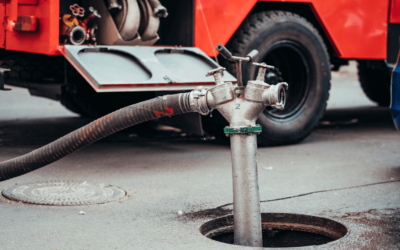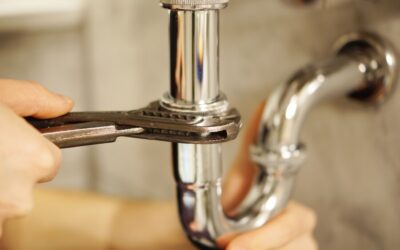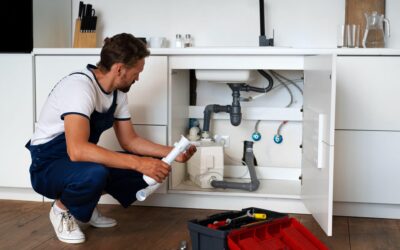As environmental awareness increases and water expenses climb, owners of commercial properties are seeking to save water by any means possible. Water consumption due to inefficient plumbing systems not only strains the finances of commercial buildings but also increases their carbon footprint. Given the considerable water use in commercial property operations, negligence can lead to unnecessary energy consumption and possible public relations nightmares.
In this article, we’ll explore the top five steps commercial property owners can take toward water conservation and substantial energy savings.
How to Reduce Water Usage on a Commercial Property
Commercial buildings have many opportunities for water conservation, with many government incentives for doing so. From regular maintenance to upgrading fixtures, commercial building owners have numerous steps they can take to make a tangible difference. Here are the top five strategies for water supply that we recommend to our customers here at Sacramento Plumbing Solutions:
1. Keep a Strict Maintenance and Inspection Schedule
Despite countless high-efficiency, low-flow, water-conserving options, commercial buildings with strict plumbing maintenance and inspections always come out on top. The following is a list of maintenance and inspection services to ensure commercial properties have systems that run optimally, prevent undue water waste, and cut costs:
- Leak Detection: Regular leak detection is one of the top water conservation strategies. We also recommend using smart leak detectors to catch leaks early.
- Repiping Services: For older commercial buildings, purchasing repiping services to update old, corroded pipes will reduce water loss and enhance system efficiency.
- Slab Leaks: Regular inspection for slab leaks in your building foundation allows for timely repairs that prevent waste and save water.
- Toilet Repair: Fixing faulty toilets through fast toilet repairs prevents continuous water flow, saving a significant amount of water and money over time.
- Trenchless Sewer Repair: When facing sewer problems, trenchless sewer repairs are a non-invasive way to ensure minimal water waste during the repair process.
- Water Line Maintenance: Keeping your building’s main water line in check prevents significant water losses and ensures water efficiency and supply.
- Hydro-Jetting: Clearing blockages using high-pressure water, hydro-jetting ensures smooth water flow to increase water conservation and minimize waste.
- Rooter Service: Like hydro-jetting, rooter services clear obstructions to ensure consistent water flow, reducing the risk of overflow and waste.
- Sewer Camera Inspection: Utilizing high-tech cameras, sewer camera inspections identify issues before they exacerbate, ensuring efficient water consumption.
- Sewers & Drains: Maintaining your building’s sewers and drains ensures optimal water flow and minimizes blockage-related waste.
- Sump Pumps: Proper sump pump maintenance further prevents water backlog, potential overflows, and unnecessary water usage.
2. Low-Flow Plumbing Fixtures
One of the fastest routes to noticeable savings is conserving water by swapping out old plumbing fixtures for low-flow water fixtures. When opting for water-conserving plumbing fixtures, use those with certifications from agencies like WaterSense to ensure performance and efficiency.
- Low-Flow Toilets: Single-flush low-flow toilets use around 1.28 gallons per flush (GPF) or less, while dual-flush toilets offer a half flush for liquid and a full flush for solids.
- Low-Flow Faucets: Reduce water flow to 1.5 gallons per minute (GPM) or less and integrate aerators, blending air with water to maintain water pressure.
- Low-Flow Showerheads: Use 2.0 GPM or less and often feature a “pause” button for lathering.
- Low-Flow Urinals: Consume only 0.5 GPF or less, notably less than standard ones.
- Pressure-Reducing Valves: Ensure fixtures don’t over dispense by modulating water pressure in water lines.
- Sensor-Activated Faucets: Equipped with motion sensors to run water only when needed.
- Self-Closing Faucets: Automatically shutting off after a set time to prevent continuous water flow.
- Sensor-Activated Toilets and Urinals: These automatically flush post-use to optimize water consumption.
- Flow Restrictors: Tiny devices added to plumbing fixtures to cap water flow, transforming standard fixtures into low-flow versions.
- Tempering Valves: Merge hot and cold water to deliver a steady temperature and reduce excessive hot water usage, conserving water and energy costs.
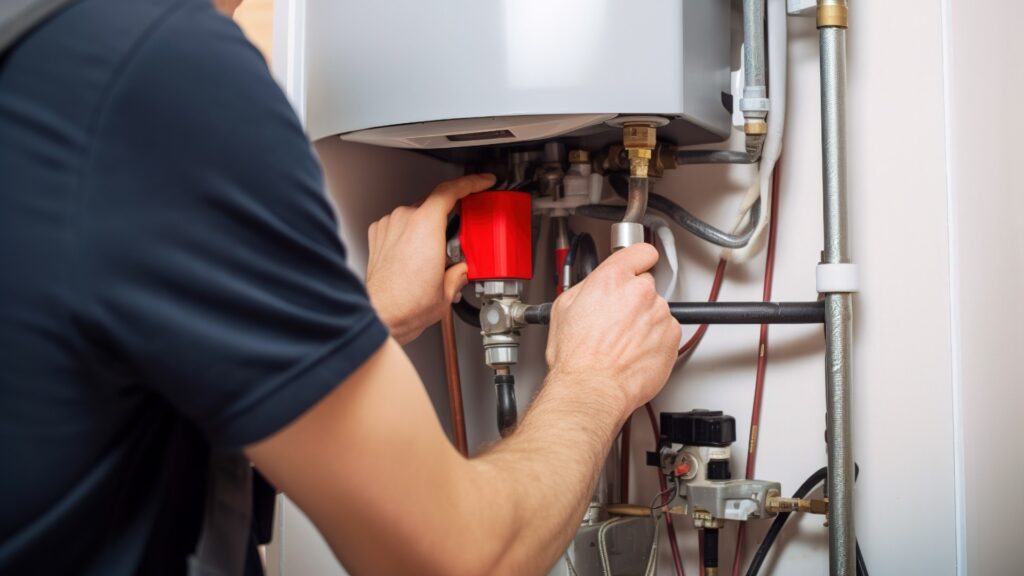
3. High-Efficiency Water Heating Systems
An efficient water heating system can be a game-changer for commercial water efficiency and energy conservation. When choosing your system, look for reliable benchmarks like Energy Star certifications and consider factors like energy source, initial cost, longevity, and efficiency.
- Tankless (On-Demand) Water Heaters: By activating only when there’s a need for hot water, tankless water heaters reduce energy losses by warming water directly without using a storage tank.
- Heat Pump Water Heaters (Hybrid): Up to three times more energy-efficient than conventional electric heaters, heat pump water heaters transfer heat from the air or ground to warm water.
- Solar Water Heaters: Typically installed on the roof to collect and convert sunlight into heat using solar panels with a backup system for cloudy days or high demand.
- Condensing Water Heaters: Use the flue gases of natural gas and propane systems to heat water before they’re vented out to ensure maximum energy use.
- High-Efficiency Storage Water Heaters: Use traditional tank storage with improved insulation, heat traps, and efficient burners to improve conservation.
- Gas Water Heaters with Electronic Ignition: Eliminate the need for a standing pilot light and conserve gas by only igniting when there’s a demand for hot water.
- Hot Water Recirculation Pumps: Providing immediate hot water, hot water recirculation pumps significantly reduce water waste by continuously circulating water from the heater to the fixtures, reducing the need to let the tap run.
- Drain-Water Heat Recovery: Uses gray water heat from dishwashers and washing machines to preheat cold water and reduce the energy your heater requires.
- Integrated Space/Water Heating Systems: A single system that heats air for space heating and water, reducing the energy loss caused by separate systems.
- Indirect Water Heaters: Utilize the central furnace or boiler to heat fluids circulating through the heat exchanger in the storage tank.
- Point-of-Use Water Heaters: Localized systems that heat water for a specific outlet, such as a bathroom or kitchen, rather than the whole house.
- High-Efficiency Cooling Towers: While cooling towers are not water heating systems, high-efficiency cooling tower systems increase the water efficiency of industrial properties.
4. Water-Efficient Landscaping and Irrigation Systems
Your property’s landscape and irrigation system can be beautiful and efficient, significantly reducing outdoor water consumption and operating costs. These water-efficient landscaping and irrigation strategies can dramatically reduce water consumption and maintenance while creating a resilient and attractive landscape.
Water-Efficient Landscaping
Choosing the best type of landscaping for your geographical location can save money and lead to significant water savings. Consider the following when choosing your landscape design:
- Xeriscaping: Landscaping with drought-tolerant plants reduces or eliminates the need for supplemental water.
- Native Plantings: Plants native to your region have adapted to the local climate and typically require less water.
- Hydrozoning: Grouping plants based on their water needs will ensure efficient water use.
- Grass Alternatives: Using ground covers, shrubs, or ornamental grasses that need less water than traditional turf grasses.
- Mulching: Applying organic or inorganic materials around plants to reduce evaporation, control weeds, and improve soil health.
- Soil Testing: Understanding soil composition can help in selecting plants best suited for the environment and improving water retention.
- Rain Gardens: Creating depressions in the landscape to capture rainwater, allowing it to soak into the ground and benefit plants.
- Pervious Pavements: Using materials that allow water to pass through, reducing runoff and recharging groundwater.
Water-Efficient Irrigation Systems
Once you’ve chosen the most water-efficient landscaping, the next step is optimizing your property’s irrigation system for maximum efficiency using the following tools:
- Drip Irrigation: Delivers water directly to plant roots, minimizing evaporation and runoff.
- Soaker Hoses: Hoses with tiny holes that allow water to seep into the soil directly around plants.
- Rainwater Harvesting: Collecting rainwater in barrels or tanks and using it for irrigation.
- Smart Controllers: These adjust watering based on soil moisture, weather conditions, or evapotranspiration rates, ensuring plants receive the right amount of water.
- Rotary Nozzles/Spray Heads: Deliver water more slowly and uniformly than traditional sprinkler heads, reducing water waste.
- Rain Sensors: Automatically shut off irrigation systems when it’s raining.
- Regular Maintenance: Regularly checking and repairing irrigation systems to ensure they are free from leaks and malfunctions.
- Watering Timing: Watering during the cooler parts of the day, typically early morning or late evening, to minimize evaporation.
- Swales and Berms: Landscape features that guide runoff water and allow it to infiltrate the soil.
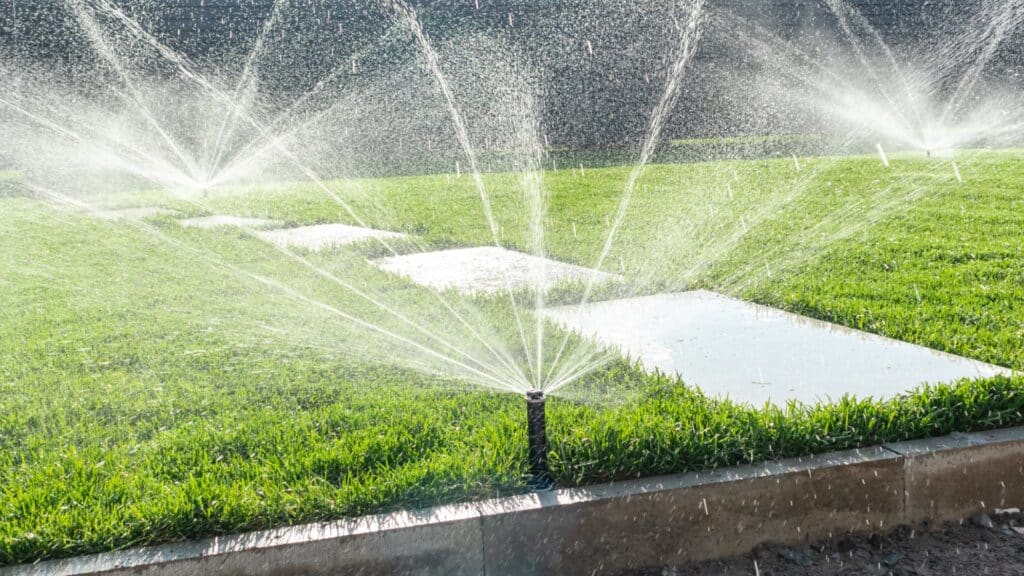
5. Employee & Tenant Training and Awareness
Your staff and tenants play a pivotal role in water conservation. Training employees not only to report leaks but also to use water judiciously is essential to reduce water consumption further, while providing tenant incentives can motivate proactive water-saving actions, and fostering a culture of awareness ensures long-term commitment to conservation efforts. It’s equally important to familiarize them with the establishment’s water-saving goals.
Contact Us to Reduce Your Commercial Water Usage in the Sacramento Area
At Sacramento Plumbing Solutions, our mission is to pave the way for businesses to adopt water-efficient practices. Our expertise, coupled with the latest technology, ensures that residential buildings and commercial spaces utilize water optimally. Ready to make the leap towards a sustainable future? Reach out to us, and let’s make a difference together!
